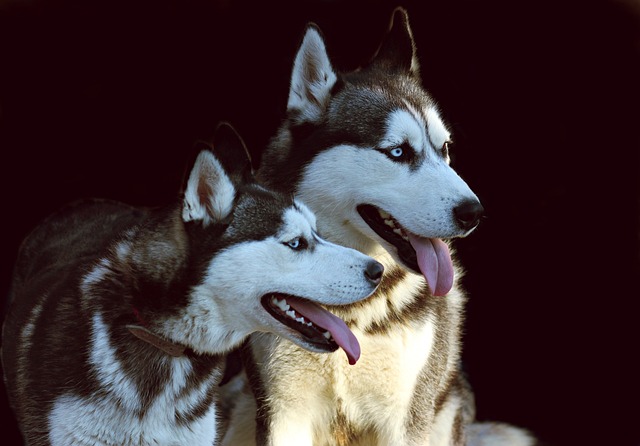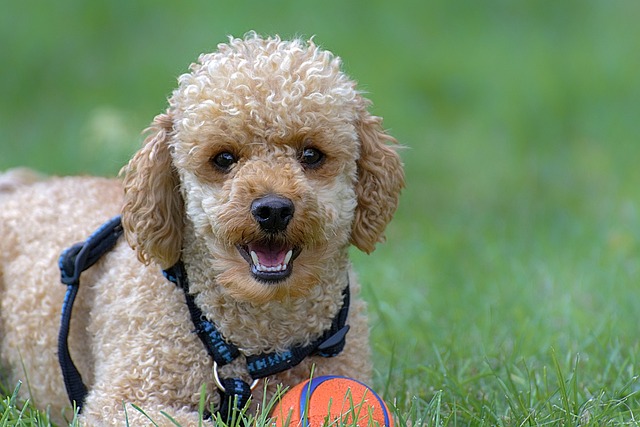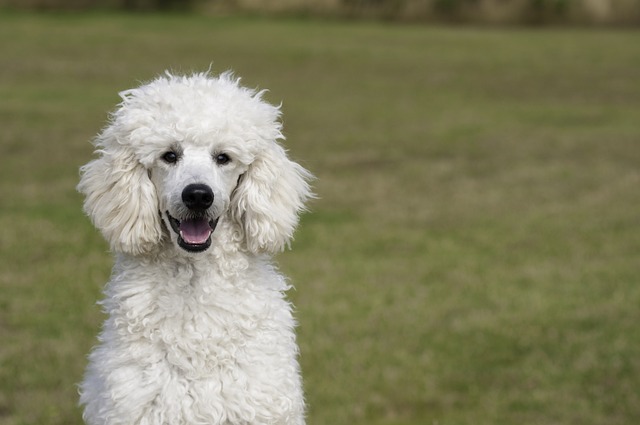Fearful dogs don’t just dislike discomfort—they panic at it. A collar that pinches, rubs, or feels restrictive can turn a simple walk into a trauma, leaving them trembling, trying to slip free, or even lashing out in fear. So when you’re hunting for the right collar, it’s not just about “what works”—it’s about what helps them breathe easier, both literally and figuratively.
Start with the basics: material matters more than you think. Rough fabrics, scratchy edges, or heavy hardware? They’re non-starters. Fearful dogs notice every little irritation, and that quickly becomes a trigger. Soft, lightweight materials like padded nylon or supple leather work best—something that feels like a gentle touch, not a constraint. Think of it this way: if it would bother your own neck, it’ll terrorize theirs.
Legal considerations play a role too, depending on where you live. Many areas have rules about collars—no prong collars, no choke chains, and some even require visible ID tags or reflective strips for evening walks. Flat collars with a secure buckle check most legal boxes, but make sure yours fits the local codes. No one wants a collar that helps your dog feel safe but lands you with a fine.
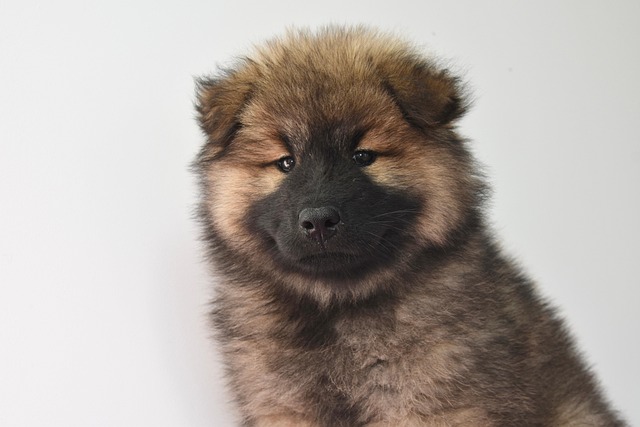 Martingale collars deserve a spot on your shortlist. They’re designed to tighten slightly when your dog pulls, but never enough to constrict—perfect for fearful pups who might bolt but need gentle guidance. Unlike chain collars (which are banned in many places), they don’t inflict pain, just a soft reminder. Plus, their design avoids the “snug then loose” jolt that sends anxious dogs into a spiral.
Martingale collars deserve a spot on your shortlist. They’re designed to tighten slightly when your dog pulls, but never enough to constrict—perfect for fearful pups who might bolt but need gentle guidance. Unlike chain collars (which are banned in many places), they don’t inflict pain, just a soft reminder. Plus, their design avoids the “snug then loose” jolt that sends anxious dogs into a spiral.
Comfort isn’t just about material—it’s about fit. A collar that’s too tight feels like a trap; too loose might slip off when they panic. Aim for two fingers’ space between the collar and their neck. It’s a small detail, but for a dog that associates collars with fear, that extra inch of breathing room can make all the difference.
Avoid anything with loud buckles or jangly tags. The clinking sound might seem minor to you, but to a dog already on edge, it’s a threat. Opt for silent buckles or rubber tag silencers. Little adjustments like that turn a collar from something to fear into something neutral.
Training matters more than the collar itself, but the right tool makes training possible. Fearful dogs need patience—let them sniff the collar, reward them for letting it touch their neck, take it slow. A collar shouldn’t be a battle; it should be the first step toward building trust.
Remember, every dog is different. What calms one fearful pup might stress another. Watch their body language: flattened ears, tucked tails, or trying to hide mean it’s not working. Swap styles, adjust the fit, and keep trying. You’re not just picking a collar—you’re helping your dog feel safe in a world that already scares them.
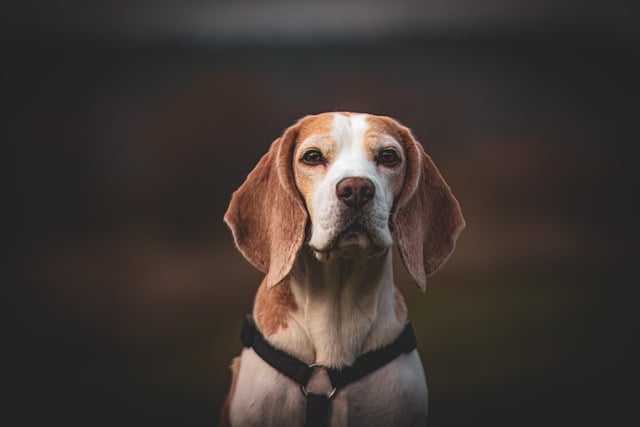
 Martingale collars deserve a spot on your shortlist. They’re designed to tighten slightly when your dog pulls, but never enough to constrict—perfect for fearful pups who might bolt but need gentle guidance. Unlike chain collars (which are banned in many places), they don’t inflict pain, just a soft reminder. Plus, their design avoids the “snug then loose” jolt that sends anxious dogs into a spiral.
Martingale collars deserve a spot on your shortlist. They’re designed to tighten slightly when your dog pulls, but never enough to constrict—perfect for fearful pups who might bolt but need gentle guidance. Unlike chain collars (which are banned in many places), they don’t inflict pain, just a soft reminder. Plus, their design avoids the “snug then loose” jolt that sends anxious dogs into a spiral.